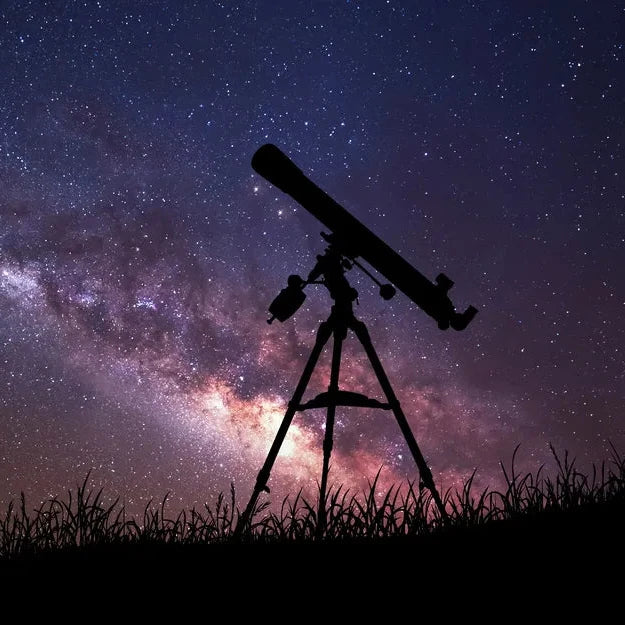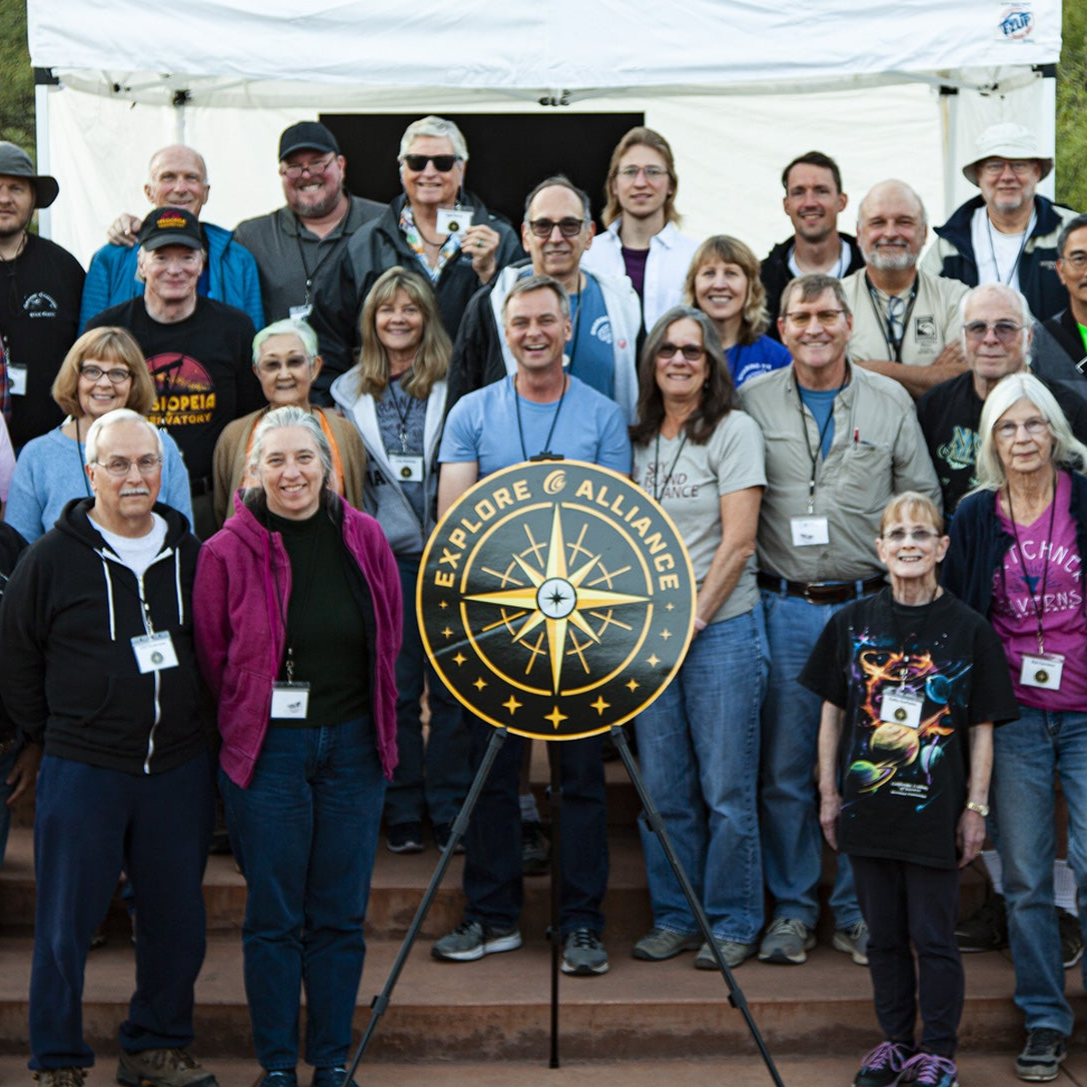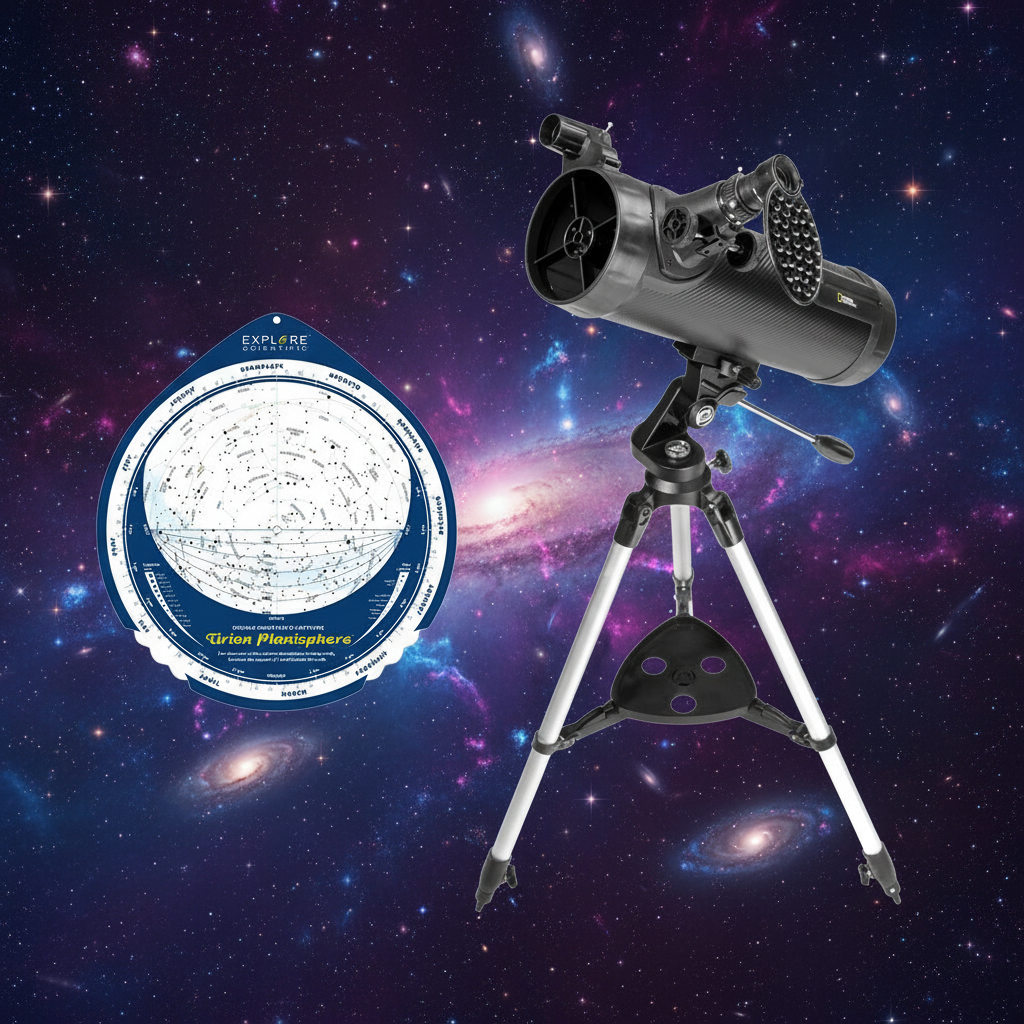At any moment of the day, countless awe-inspiring celestial events are unfolding in the sky. With a universe of options, it can be hard to pin down what to observe, what to look into or what to remember. This column takes a peek at what’s happening in the sky and in the world of astronomy in general to provide a quick list of highlights that can jumpstart your own explorations.
What to observe:
June 13 –Venus and Beehive Cluster Pairing
Get your binoculars ready because the ever-bright Venus and the popular Beehive Cluster will form a striking pair in the night sky shortly after sunset on June 13th. As the third brightest object in the sky, Venus is always a sight to behold. The opportunity to enjoy its brilliance in the same field of view as the beautiful Beehive Cluster is one that shouldn’t be missed. Also known as M44, the cluster lies about 560 light years away and can be observed with the naked eye in dark sky conditions. Located in the Cancer constellation, the cluster appears as a cloudy, intriguing mass upon first glance. But when you turn a pair of large aperture binoculars (10x50) or a small rich field telescope on it, its stellar inhabitants blaze to life. Covering more than 1.5 degrees of sky, the Beehive Cluster is home to at least 1,000 stars, with a large portion of those being red dwarfs and about 30 percent of a type similar to our Sun. It also includes some impressive blue-white beauties and a sprinkling of orange giants. Identified as a nebulous mass by the 2nd Century astronomer Ptolemy, M44 has a rich history that includes being one of the first objects studied through a telescope by famed astronomer Galileo, who realized it was actually a star cluster. It also has a strong foundation in the lore of ancient cultures. Also known as Praesepe, which means “manger” in Latin, the Greeks and Romans characterized the cluster as a manger that feeds two nearby stars, Asellus Australis and Asellus Borealis, which were seen to represent two famous donkeys that were key in a battle with the Titans.
Summer Triangle
Northern Hemisphere observers would be remiss if they did not check out the Summer Triangle currently reigning in the night sky. The popular asterism is, as its name suggests, a simple triangle formed by three brilliant stars – Vega, Altair and Deneb. A resident of the Lyra Constellation and easy to find in the eastern sky, Vega is a blue-white beauty that is the brightest in the trio and the fifth brightest star in the sky. A member of the Cygnus Constellation, Deneb lies to the lower left of Vega. Although the blue-white supergiant is the least bright member of the asterism, it is actually the most luminous. Its distance is what gives it its third place ranking. To the lower right of Vega, you can find the fast-rotating Altair, an oblate spheroid that is the brightest star in the Aquila Constellation. Although they are worthy sights, these three stars are not the only reasons to check out the Summer Triangle. Another notable stellar offering is the amazing double star Albireo that awaits in the middle of the triangle. When viewed through a telescope, this point of light becomes a wonderful contrasting pair made up of a blazing golden yellow star and a subtle blue star. Deep sky favorites lurking in the neighborhood include the appropriately named Ring Nebula (M57), which blooms around a bluish dwarf, and the hourglass-shaped Dumbbell Nebula (M27), which was the first planetary nebula ever discovered. In addition to all of these treats, a grander sight will be revealed under a dark sky when you see the dusty, glowing Milky Way cutting a stunning swath through the midst of the Summer Triangle.
As an Amazon Associate we earn from qualifying purchases.












Leave a comment
This site is protected by hCaptcha and the hCaptcha Privacy Policy and Terms of Service apply.